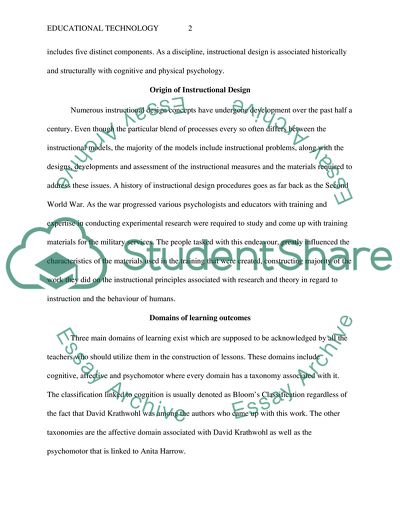Cite this document
(“Educational Technology: Instructional Design and Development Term Paper”, n.d.)
Educational Technology: Instructional Design and Development Term Paper. Retrieved from https://studentshare.org/education/1661012-educational-technology-instructional-design-developement
Educational Technology: Instructional Design and Development Term Paper. Retrieved from https://studentshare.org/education/1661012-educational-technology-instructional-design-developement
(Educational Technology: Instructional Design and Development Term Paper)
Educational Technology: Instructional Design and Development Term Paper. https://studentshare.org/education/1661012-educational-technology-instructional-design-developement.
Educational Technology: Instructional Design and Development Term Paper. https://studentshare.org/education/1661012-educational-technology-instructional-design-developement.
“Educational Technology: Instructional Design and Development Term Paper”, n.d. https://studentshare.org/education/1661012-educational-technology-instructional-design-developement.


